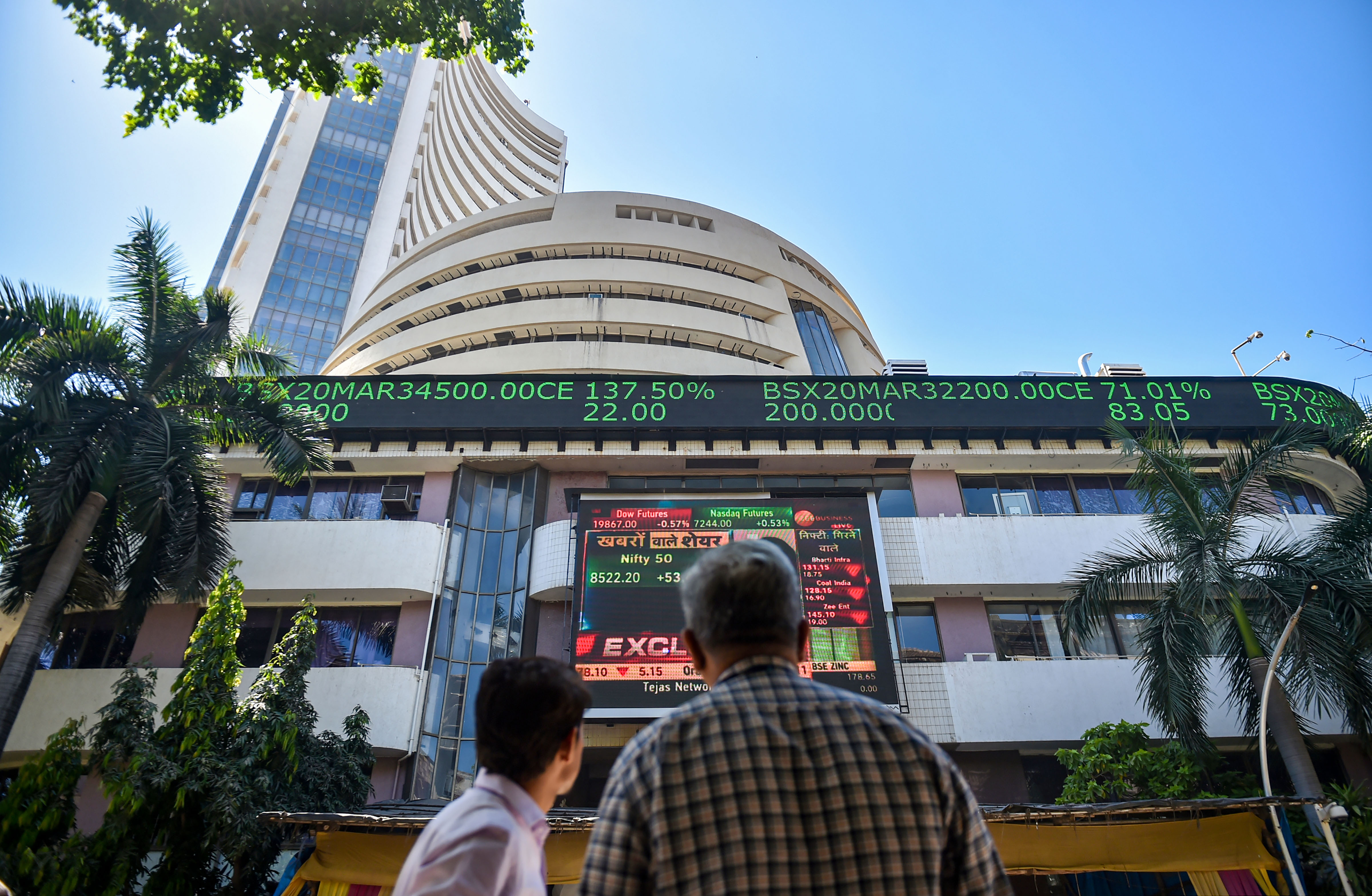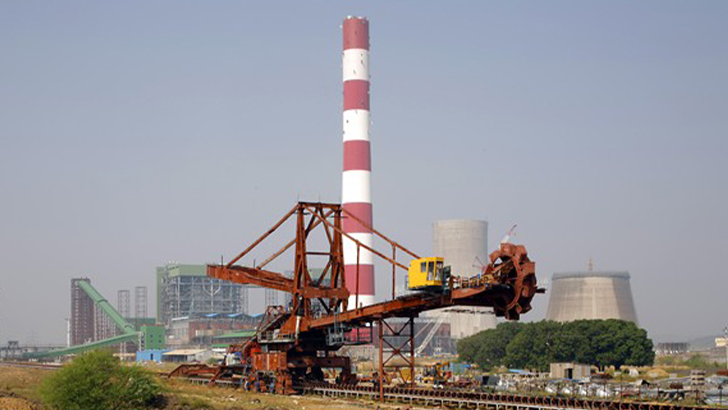US penalty risk on Russian oil may add USD 9-11 bn to India's import bill
Russian oil, which accounted for less than 0.2 per cent of India's imports before the war, now makes up 35-40 per cent of the country's crude intake, helping reduce overall energy import costs, keep retail fuel prices in check, and contain inflation.
PTI
-
Representative image (Wikipedia)
New Delhi, 3 Aug
India's annual oil import bill could rise by USD 9-11 billion if the
country is compelled to move away from Russian crude in response to US threats
of additional tariffs or penalties on Indian exports, analysts said.
India, the world's third-largest oil consumer and importer, has reaped
significant benefits by swiftly substituting market-priced oil with discounted
Russian crude following Western sanctions on Moscow after its invasion of
Ukraine in February 2022.
Russian oil, which accounted for less than 0.2 per cent of India's
imports before the war, now makes up 35-40 per cent of the country's crude
intake, helping reduce overall energy import costs, keep retail fuel prices in
check, and contain inflation.
The influx of discounted Russian crude also enabled India to refine the oil and export petroleum products, including to countries that have imposed
sanctions on direct imports from Russia. The twin strategy of Indian oil
companies is posting record profits.
This is, however, now under threat after US President Donald Trump announced a 25 per cent tariff on Indian goods plus an unspecified penalty for buying Russian oil and weapons. The 25 per cent tariff has since been notified
but the penalty is yet to be specified.
Coming within days of the European Union banning imports of refined
products derived from Russian-origin crude, this presents a double whammy for
Indian refiners.
Sumit Ritolia, Lead Research Analyst (Refining & Modeling) at global
real-time data and analytics provider Kpler termed this as "a squeeze from
both ends".
EU sanctions - effective from January 2026 - may force Indian refiners
to segment crude intake on one side, and on the other, the US tariff threat
raises the possibility of secondary sanctions that would directly hit the
shipping, insurance, and financing lifelines underpinning India's Russian oil
trade.
"Together, these measures sharply curtail India's crude procurement
flexibility, raise compliance risk, and introduce significant cost
uncertainty," he said.
Last fiscal, India spent over USD 137 billion on import of crude oil,
which is refined into fuels like petrol and diesel.
For refiners like Reliance Industries Ltd and Nayara Energy - who
collectively account for a bulk (more than 50 per cent in 2025) of the 1.7–2.0
million barrels per day (bpd) of Russian crude imports into India - the
challenge is acute.
While Nayara is backed by Russian oil giant Rosneft and has been
sanctioned by the EU last month, Reliance has been a big fuel exporter to
Europe.
As one of the world's largest diesel exporters - and with total refined
product exports to Europe averaging around 200,000 bpd in 2024 and 185,000 bpd
so far in 2025 - Reliance has extensively utilised discounted Russian crude to
boost refining margins over the past two years, according to Kpler.
"The introduction of strict origin-tracking requirements now
compels Reliance to either curtail its intake of Russian feedstock, potentially
affecting cost competitiveness, or reroute Russian-linked products to non-EU
markets," Ritolia said.
However, Reliance's dual-refinery structure - a domestic-focused unit
and an export-oriented complex - offers strategic flexibility. It can allocate
non-Russian crude to its export-oriented refinery and continue meeting EU
compliance standards, while processing Russian barrels at the domestic unit for
other markets.
Although redirecting diesel exports to Southeast Asia, Africa, or Latin
America is operationally feasible, such a shift would involve narrower margins,
longer voyage times, and increased demand variability, making it commercially
less optimal, he said.
Kpler data shows a notable decline in India's Russian crude imports in
July (1.8 million bpd versus 2.1 million bpd in June), aligning with seasonal
refinery maintenance and weaker monsoon-driven demand. However, the drop is
more pronounced among state-run refiners, likely reflecting heightened
compliance sensitivity amid mounting geopolitical risk.
On the future course, Kpler believes India's complex private refiners -
backed by robust trading arms and flexible configurations - are expected to
pivot toward non-Russian barrels from the Middle East, West Africa, Latin
America, or even the US, where economics permits.
This shift, while operationally feasible, will be gradual and
strategically aligned with evolving regulatory frameworks, contract structures,
and margin dynamics.
Leave a Reply
Your email address will not be published. Required fields are marked *








.png)

.png)


.png)
.png)

.png)



